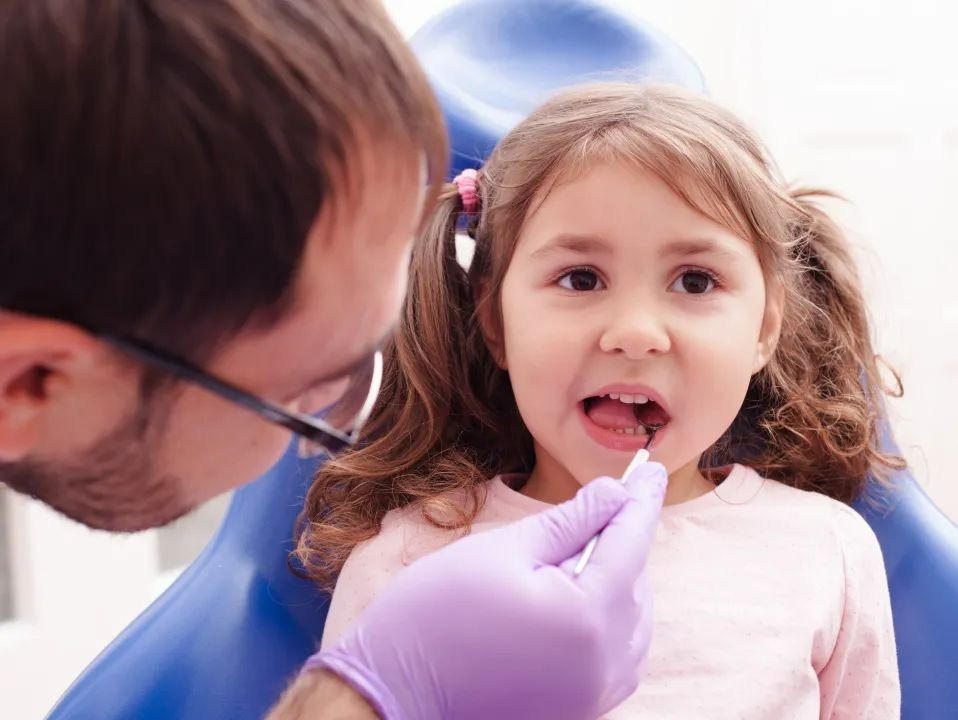Teeth and Adenoids
A child’s teeth are becoming increasingly protrusive—rush to the dental clinic,
but the dentist advises a visit to the ENT department first.
Clearly a dental issue, yet they keep passing the buck?
The solution must address the root cause!
Why Address Dental Issues via ENT?
Children’s dental problems may stem from
adenoid hypertrophy!
Adenoids, located near the respiratory tract entrance, gradually enlarge with age, forming a “protective wall” to bolster local immunity in young children with weaker defenses. They typically shrink after age 10.
However, repeated inflammation can trigger pathological overgrowth (
adenoid hypertrophy), peaking between ages 2–6.
How Adenoid Hypertrophy Affects Teeth
One key impact of adenoid hypertrophy is
adenoid facies (characteristic facial changes). Issues like buck teeth, misaligned bites, or underbites are manifestations of this condition.
Mechanism:
Mouth breathing—a symptom of adenoid hypertrophy—disrupts the balance of forces within the dental arch, impairing tooth development.
·
Normal nasal breathing: Air enters the nasal cavity, lips close, teeth align naturally, and the tongue rests in its proper position.
·
Mouth breathing: Air flows through the oral cavity, pushing the tongue downward. Cheeks collapse inward, narrowing the upper dental arch, leading to crowding and misalignment.
Thus, treating teeth alone is ineffective if adenoid hypertrophy is the root cause.
“If adenoids naturally shrink, why not wait and correct teeth later?”
While adenoids regress by age 10, the consequences extend far beyond aesthetics:
·
Facial changes: High-arched palate, posterior mandibular retrusion, maxillary protrusion, flat nose, thickened upper lip, elongated face, forward neck posture, rigid facial expressions.
·
Health risks: Snoring, sleep apnea, hypoxemia; growth delays; impaired attention, memory, and intellectual development; nasal dryness and epistaxis; higher risk of sinusitis, otitis media.
Crooked teeth are merely the most visible symptom. By the time adenoids shrink, irreversible damage is already done.
 Can adenoid facies be corrected in adulthood?
Can adenoid facies be corrected in adulthood?
Historically, many parents dismissed mouth breathing as trivial or attributed facial changes to other causes. By adulthood, adenoid facies becomes entrenched.
·
Childhood (pre-10): Treatments like medication, physical therapy, or minimally invasive surgery can halt progression.
·
Adolescence: Orthodontics may address teeth, but facial and physiological impacts become harder to reverse.
·
Adulthood: Requires combined orthodontics and orthognathic surgery, with lifelong effects possible.
Key takeaway: Always investigate adenoid function when dental issues arise. Early intervention is critical—time waits for no one!
Ren Shu Medical Team Statement
Early diagnosis and treatment of adenoid hypertrophy are essential to prevent permanent facial and developmental complications. Prioritize root-cause management over symptomatic fixes.
